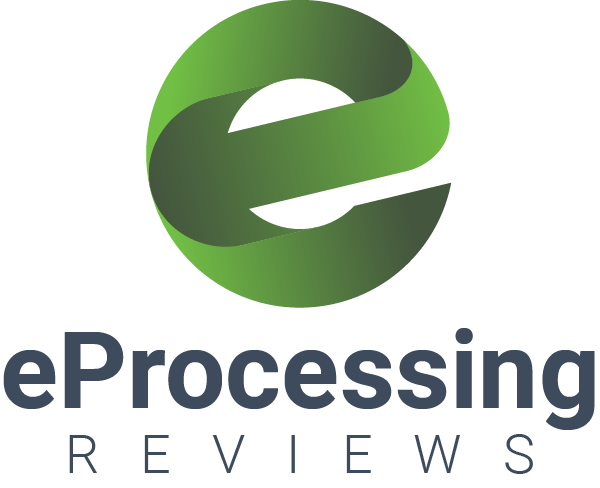Before we get into the differences between B2B and B2C, let’s look into the definition of both payment models.

B2B vs. B2C: B2B Payments
When there are payment transactions between merchants, it is called B2B payments or business-to-business payments. This model is based on one business selling its services or products to another business directly. Therefore both sides are businesses.
B2B vs. B2C: B2C Payments
When there are payment transactions between a merchant and a consumer, it is known as B2C payments or business-to-consumer payments. Hence, the business that sells its products and services directly to the consumers and not another business is B2C payments.
Now that you know the actual meaning of B2B and B2C payments let’s move on to the differences between B2B and B2C.
B2B vs. B2C: Major Differences between B2B and B2C Payments
The main difference between B2B and B2C payments is based on who is doing the transaction. When it comes to e-commerce payments, are you aware of the differences between B2B and B2C payments? Are you confident that your selection of B2B payment businesses contributes to a satisfying customer experience?
Here are the four most important differences to keep in mind.
-
Average Basket Value
The average value of their baskets is the most significant difference among all the differences between B2B and B2C payments. The average basket value in a B2C transaction will be low. It could be as little as a few dollars or as much as hundreds of dollars. It will, however, seldom reach a considerable amount.
In contrast, the average basket value in a B2B transaction is frequently relatively high. It could cost anywhere from a few hundred dollars to tens of thousands of dollars or more. More particularities arise as a result of the disparity between the basket values.
It is pretty simple to pay $100 in cash right away. When it comes to spending thousands of dollars, though, the process becomes more complicated. It also leads to more significant variations, such as payment terms and methods.
In January 2021, the B2B marketers in the US shared their company’s revenue that they had invested in marketing. So, according to B2B product marketers, they had invested 9.99% of their company’s revenue into marketing efforts.
-
Payment Methods
This brings us to the second significant difference: payment methods. Electronic methods are commonly used in B2C eCommerce payment transactions. They are also received right away.
When a person pays digitally with a card, the card will be authorized in real-time. This guarantees that the buyer’s account has sufficient funds. This money is debited and transferred to the vendor’s account almost immediately.
B2B purchases, on the other hand, are more prominent. As a result, immediate payment is not always possible. People rarely use asynchronous payment methods. Bank transfers, Direct debits, and paper checks remain popular methods of payment.
They do not require real-time authorization. As a result, there’s a chance that checks will bounce or payments will not be authorized. Delays can occur, putting the cash flow at risk.
-
Recurring Purchases
A B2B company’s customer base will be less fragmented than a B2C company. E-commerce, on the other hand, accesses previously inaccessible customers and broadens the sales catchment area.
B2B customers, on the other hand, are more likely to be recurrent buyers. They run a company and require frequent supplies. This means they may be purchasing several times every week.
In contrast, B2C enterprises may only sell to a single client on a rare occasion. This means that for B2B companies, having a recurring invoicing and payment system is extremely important. This is something that the greatest B2B payments businesses can manage.
-
Payment Conditions
Payment terms for B2B transactions are often 30 days. This method is established, and buyers are unwilling to pay for their purchases in advance. As a result, having a B2B e-commerce company based only on prepayment is impossible.
B2C transactions, on the other hand, are virtually always made in advance, with goods and services arriving later. It’s critical to have a B2B payment system that can meet these requirements while also providing a consistent customer experience. It’s essential to provide a variety of payment options that appeal to B2B customers.
The most convenient web portals accept credit and debit card payments as well as ACH payments. This will provide B2B customers confidence in the quality of their products. They will also appreciate the convenience of being able to use their preferred payment method.
B2C sellers, on the other hand, profit from speedier cash flow and less effort.
B2B vs. B2C: Conclusion
Now that you know the major differences between B2B and B2C, you must know which one to choose. You must understand how these differences can impact your business. Choose wisely!




Comments